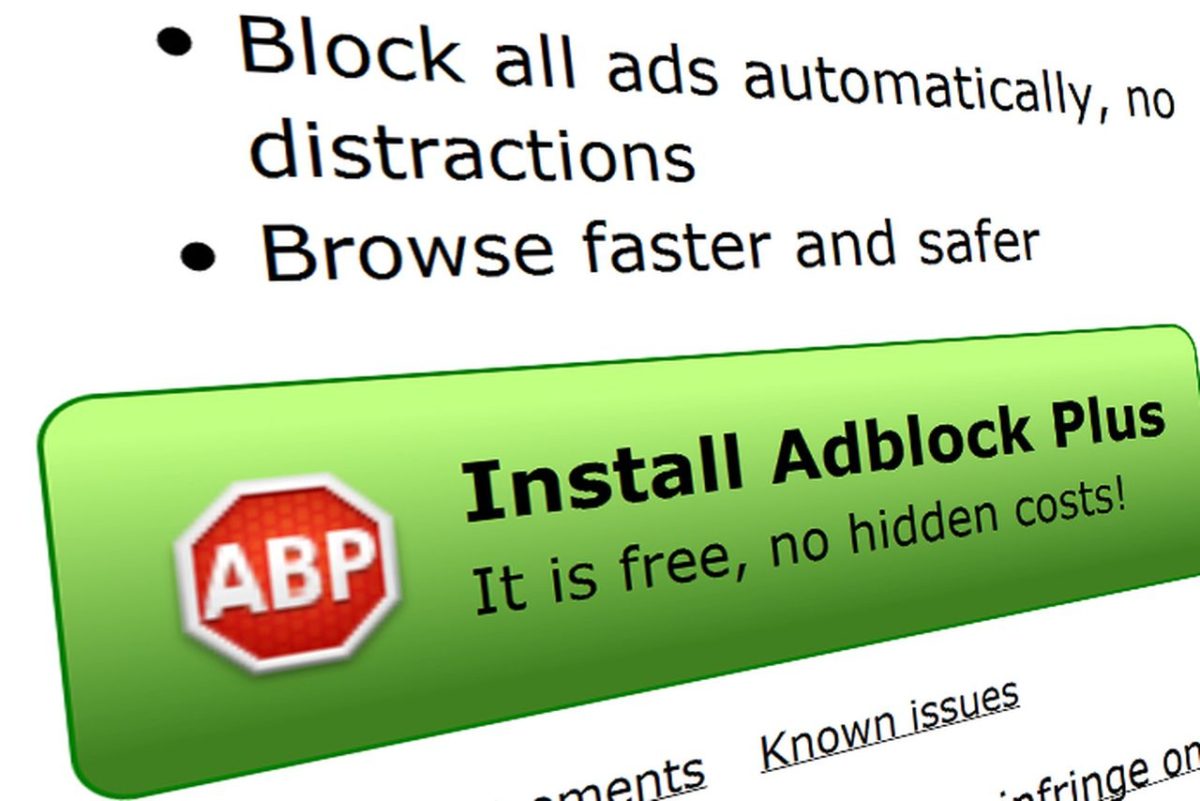The days of ads in the banner and pop-up displays seemed to be part of the past for internet users, but it might see its return soon. The company Adblock Plus offered an add-on for internet browsers blocking the ads shown on web pages. This free service was thought to be a generous community anticipated action with great benefits for users and great downsides for companies. Recently though, the company has announced it will be selling whitelisted space in the application for companies who want their ads to still be shown.
Companies have struggled for years trying to get around the Adblock users. The revenue of most websites were fully reliant on the ads shown on the page. Companies such as Hulu, Bloomberg and others have tried to get around Adblock by detecting the application and blocking all the content of the website for users who do not turn the application off or whitelist the website in the application. To show the damage Adblock Plus does to companies PageFair has an online paid service to show how much companies suffer by Adblock Plus. For instance, in the year 2012 Google had a total $887 million loss in revenue due to the blocking service. The total amount of revenue generated by the Google ads was however $50 billion (businessinsider.com, 2013). Studies of PageFair and Adobe in 2015 showed that the average user who blocks ads in the USA is about 16%, in the UK 21% and in Europe up to 25% in some countries (arstechnica.com, 2016).
Recent developments however might save companies from their ads not being displayed for every user. Adblock Plus is using their power to give companies the opportunity to show their ads by paying for a whitelisted spot in the application. Adblock Plus is however not the only ad-blocking company and therefore their power is more limited. This development seems like an interesting combination of both IT, innovation and strategy in a modern start-up. Do you think the strategy of Adblock Plus will be effective or do you think competitors will be taking over the ad-blocking industry?
Sources:
http://www.businessinsider.com/google-saved-an-estimated-887-million-by-paying-adblock-plus-to-show-its-ads-2013-8?IR=T
http://arstechnica.com/tech-policy/2016/09/adblock-plus-starts-selling-ads-but-only-acceptable-ones/


Interesting topic you brought up!
I highly doubt the strategy of Adblock Plus will be effective, mainly for the reason you already mentioned of websites blocking all the content for users who use Adblock. I experienced this myself on the website Forbes.com, found an interesting article but I was not able to read it unless I whitelisted Forbes.com. It was done within seconds and it made me able to read the article. If, in the end, too many websites deploy this tactic I believe people will switch to a different, not yet detectable, Adblocker. I believe it is not worth it for websites / companies to pay AdBlock for a whitelist spot.
Adblock Plus or Eyeo has been proven to be operating in a shady business. They use real maffia tactics to have advertisers pay them and sell out their ‘customers’ who installed their add-on for the sole purpose of not having ads anymore. Their blocklists come from Easylist, so the only thing they add is the whitelist. Personally I use uBlock Origin (https://github.com/gorhill/uBlock or your browsers add-on store) to have a lightweight and highly efficient alternative to Adblock Plus. It doesn’t only block ads, but all kinds of unwanted tracking behaviour.